Search Images
Browse Content (p. 805)

Image
Map of the Achaemenid Persian Empire - Animation
This map animation shows the rise and fall of the Achaemenid Persian Empire over time.
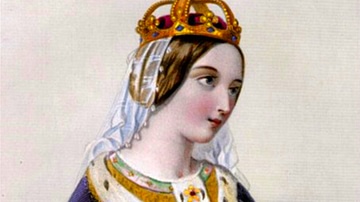
Image
Catherine of Valois
A 19th century CE illustration depicting Catherine of Valois (l. 1401 - c. 1437 CE). Catherine was the wife of Henry V of England (r. 1413-1422 CE) and mother of Henry VI of England (r. 1422-61 & 1470-71 CE). She also later married the Welsh...
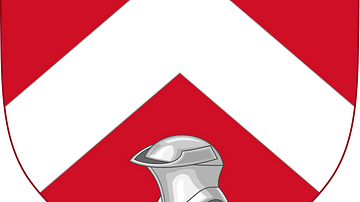
Image
Arms of Owen Tudor
The arms of the Welsh noble Owen Tudor (c. 1400-1461 CE), father of Edmund Tudor and grandfather of Henry Tudor, aka Henry VII of England (r. 1485-1509 CE), the first monarch of the royal House of Tudor.
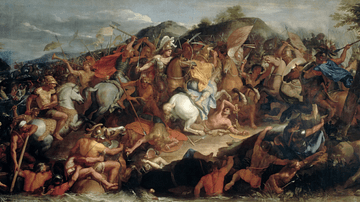
Image
Battle of the Granicus
Battle of the Granicus by Charles Le Brun, 1665 CE
Louvre, Paris

Image
Giovanni Boccaccio & Florentines Who Have Fled from the Plague
Illustration from a medieval manuscript Giovanni Boccaccio, Le Decameron. Translated from the Italian by Laurent de Premierfait Bruges, Master of 1482 and follower (illuminators); c. 1485 CE Manuscript reference: The Hague, KB, 133 A 5...
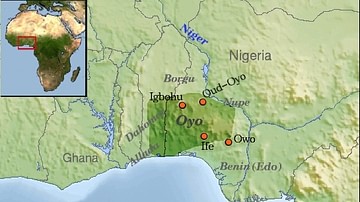
Image
Map of Oyo Empire
A map of the Oyo Empire which flourished in what is today southern Nigeria from the 17th to 19th century CE.
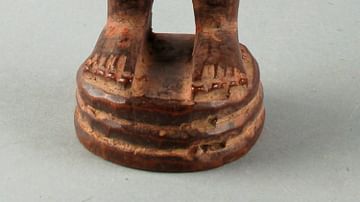
Image
Wooden Figure, Oyo Empire
A carved wooden male figure with headdress from the Oyo Empire (17-19th century CE) in what is today southern Nigeria. Height: 28.5 cm. (British Museum, London)
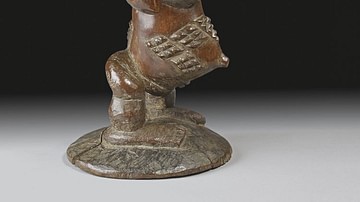
Image
Carved Stool, Luba Kingdom
A carved wooden stool in the form of a figure from the Kingdom of Luba (15-19th century CE), central Africa. Height: 42.5 cm. (British Museum, London)
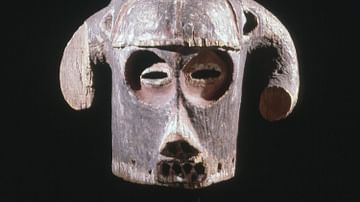
Image
Horned Mask, Luba Kingdom
A wooden horned mask of the Kingdom of Luba (15-19th century CE), central Africa. Height: 47 cm. (British Museum, London)
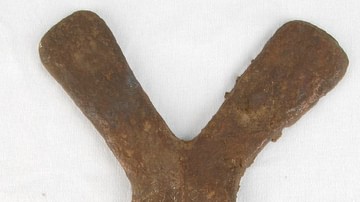
Image
Copper Curency Ingot, Luba Kingdom
A copper cross used as a currency by such central African states as the Kingdom of Luba (15-19th century CE). Height: 19.5 cm. (British Museum, London)